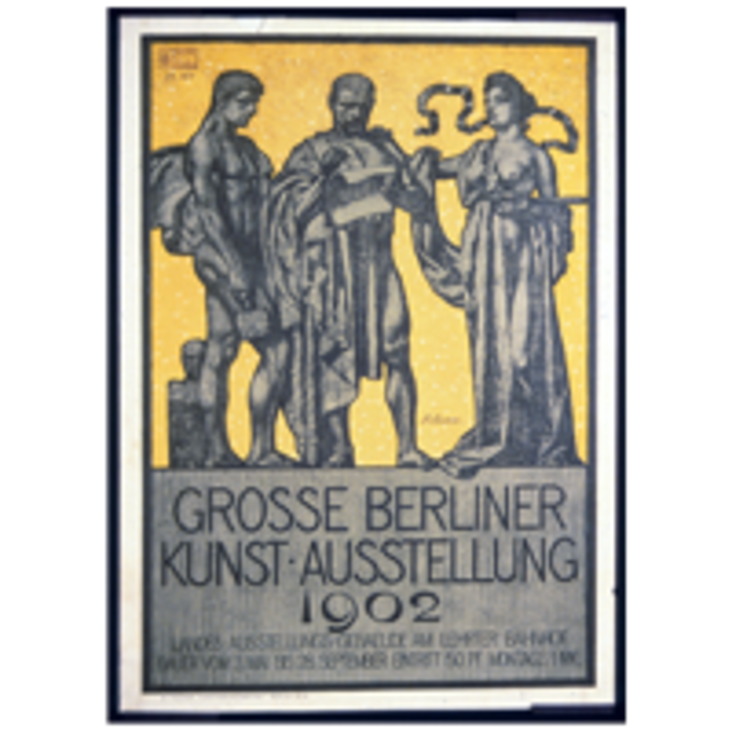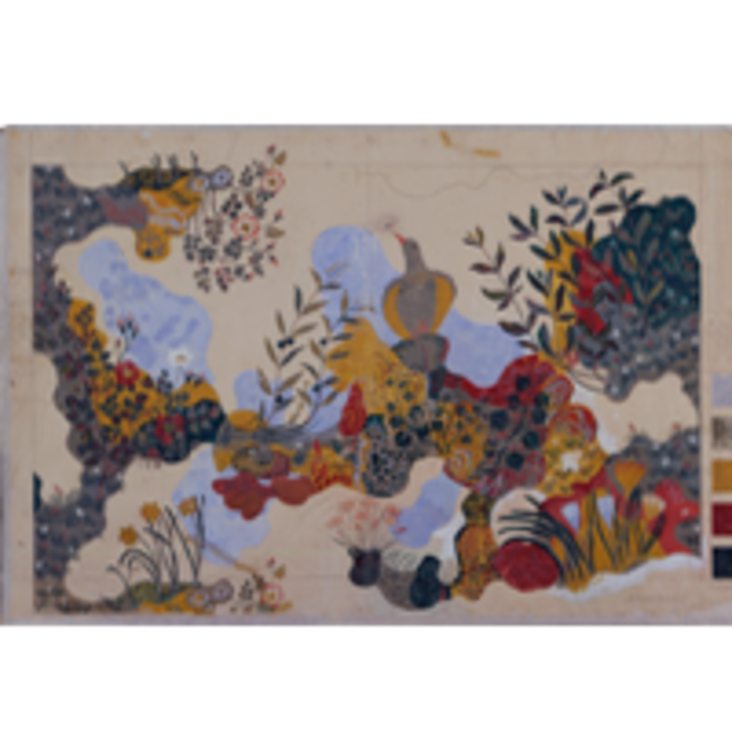This lecture was originally delivered on Tuesday, March 31, 2015 as part of the Seminar Series, Conservation Conversations.
Conservation Conversations are public research dialogues pairing a conservator and a professor and exemplifying the goal of “Cultures of Conservation,” a five-year curricular initiative funded by the Andrew W. Mellon Foundation. For more information, visit http://cultures-of-conservation.wikis.bgc.bard.edu/.
- 16:33—Opening Remarks with Dean Peter N. Miller
- 24:31—Lecture with Salvador Muñoz Viñas
- 58:15—Lecture with Paul Eggert
- 1:35:13—Panel Discussion with Audience Q&A
Salvador Muñoz Viñas is a Professor in the Universitat Politècnica de València and head of the paper conservation group of the university’s Conservation Institute. He has been a paper conservator in the Historical Library of the University of Valencia, a visiting scholar in Harvard University’s Straus Center for Conservation, and a visiting Professor in the NYU Conservation Center. His research revolves around the theory of conservation and the technical aspects of paper conservation. He is the author of The Technical Analysis of Renaissance Miniature Paintings (Cambridge, MA, 1995, co-authored with Eugene F. Farrell), Contemporary Theory of Conservation (Oxford, 2005), La restauración del papel (Madrid, 2010), and Diccionario de materiales de la restauración (Madrid, 2014, co-authored with I. Gironés y J. Osca).
At the BGC, Muñoz Viñas will address the subject of myths
and their relationship to conservation. Conservation has its own set of myths,
which have been borrowed from other larger fields (such as Science, or Art) or
created ex-novo (such as Reversibility or Minimal Intervention). These myths
have been, and still are, extremely useful in many ways, as they have allowed
conservation to evolve into the sophisticated and fascinating activity it is
nowadays. However, the unconscious suspension of disbelief they may exert on
conservators and other heritage professionals may explain some glitches in the
logical mechanism of some conservation discourses (and why they may be so hard
to spot).
Paul Eggert is an editorial theorist, scholarly editor and book historian. He holds the Martin J. Svaglic Endowed Chair in Textual Studies in the English Department at Loyola University, Chicago. In his book Securing the Past: Conservation in Art, Architecture and Literature (Cambridge University Press, 2009) Eggert extended the purview of editorial theory to encompass the different but, as it turned out, parallel discourses surrounding the conservation of historic buildings and art works, and the nature of forgery. The book won the Society for Textual Scholarship’s Finneran Award as the best book of editorial theory for 2009–10. Eggert’s latest thinking about the empirical realities of the textual condition may be found in his Biography of a Book (Pennsylvania State University Press, 2013). Eggert served as the general editor of its Academy Editions of Australian Literature (10 vols., 1996–2007) and received the Centenary Medal of the Commonwealth of Australia for services to the study of literature in 2003.
At the BGC, Eggert’s lecture will start with a discussion of
Thomas Hardy, the poet, and famously the author of Tess of the D’Urbervilles,
who had previously been a professional architect and restorer of medieval
church buildings. When he could afford to do so he gave up his professional
life for writing, but an abiding attitude toward the past and its material
manifestations links the two. In his literary works he frequently returned to
the possibility of recovering the past, to the conditions of that recovery and
thus to the nature of its ongoing life in the present. Not only the ancient
natural landscape but also the historic built environment served as the vital
link. An analysis of Hardy’s poem will serve as a spur for a reflection on the
general conditions of our intercourse with the past, especially as engaged by
its material forms, whether in buildings or art works or literary works.
Distinctions between the forms are of course necessary but, he will argue,
continuities remain: the mute testimony of the material object concerning the
agents of its creation; the role of the viewer or reader in realizing the work;
the hand of the editor-conservator; and the role of time in its successive
forms of existence.







